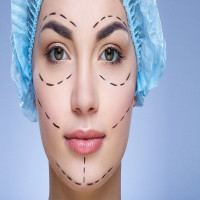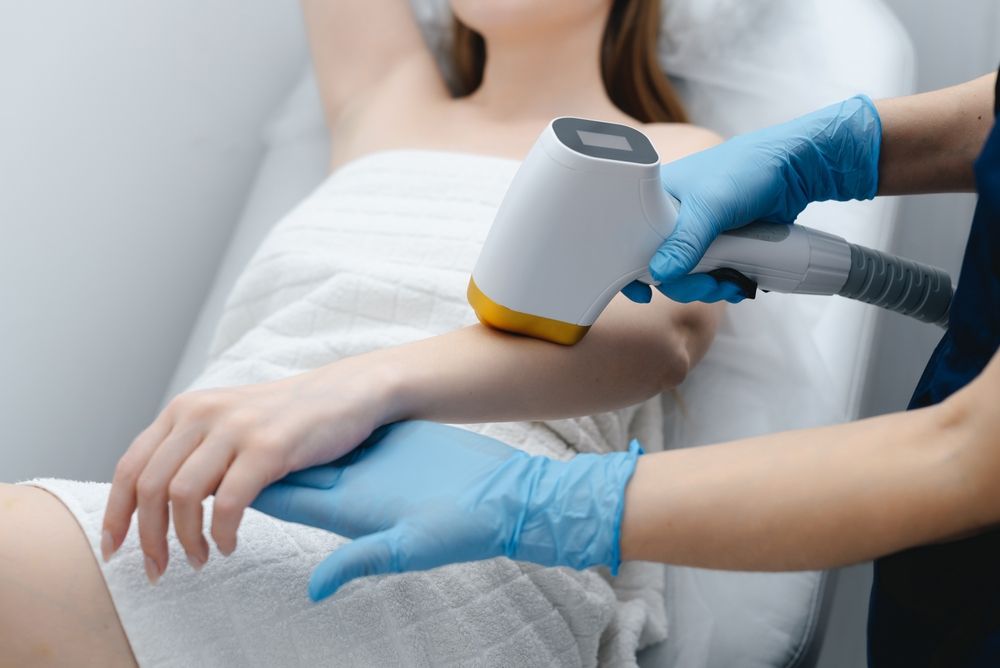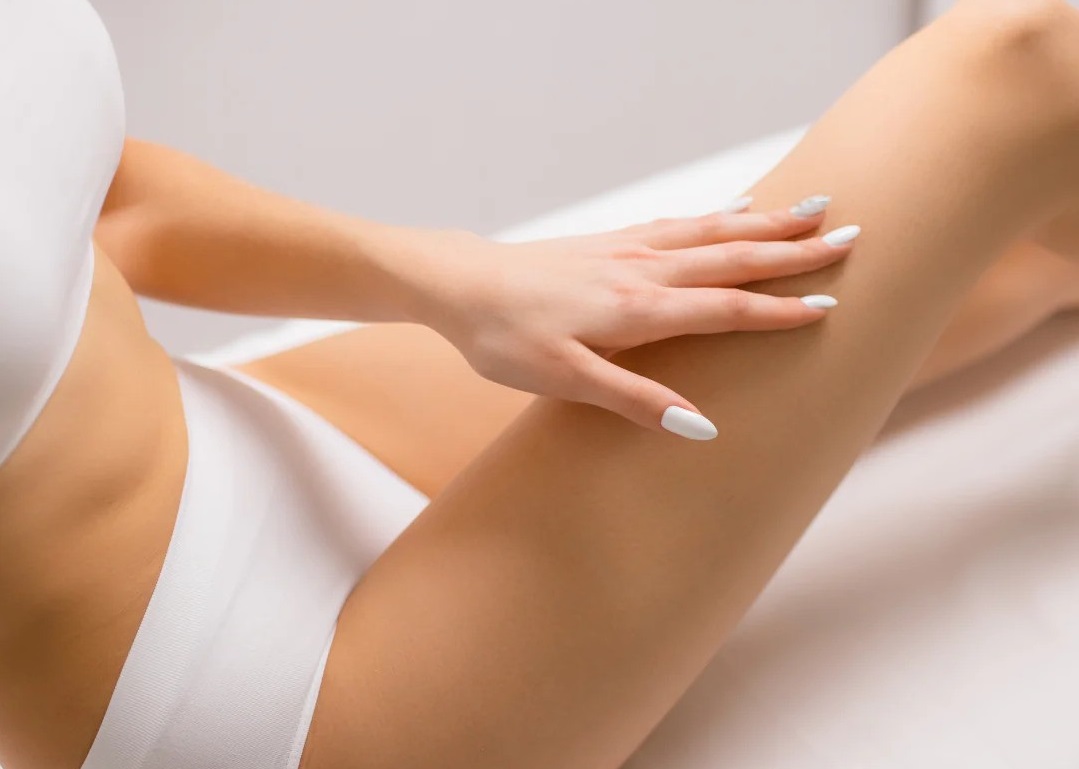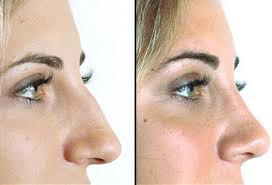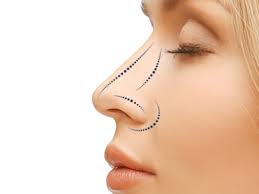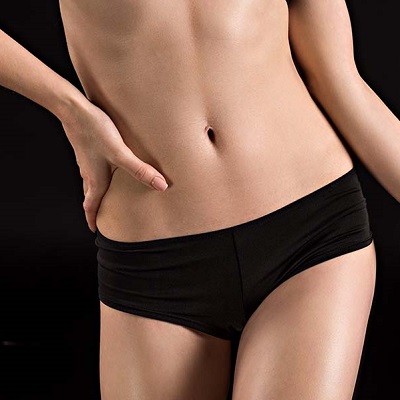Post-Transplant Care: Ensuring Optimal Results After Your Hair Restoration
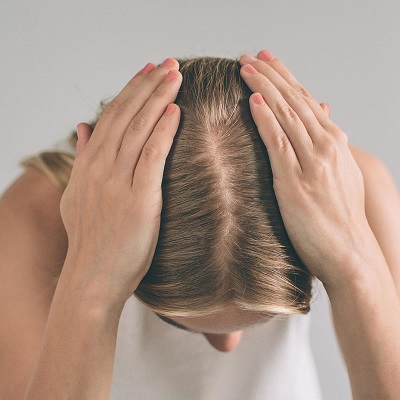
Strong 8k brings an ultra-HD IPTV experience to your living room and your pocket.
Undergoing a hair transplant in riyadh (زراعة الشعر في الرياض) is a significant step toward restoring hair and boosting self-confidence. To achieve the best possible results, meticulous post-operative care is essential. This guide outlines key steps and considerations to ensure optimal outcomes following your hair restoration procedure.
Immediate Post-Operative Care
Rest and Elevation: After the procedure, rest is crucial. Keep your head elevated at a 30- to 45-degree angle, even while sleeping, for the first few nights. This position helps minimize swelling and promotes proper healing. Using a recliner or multiple pillows can assist in maintaining this posture.
Avoid Touching the Scalp: Refrain from touching, scratching, or rubbing the transplanted area to prevent dislodging grafts and reducing the risk of infection.
Medication Adherence: Take all prescribed medications as directed by your surgeon. This may include antibiotics to prevent infection and pain relievers to manage discomfort.
Managing Swelling and Discomfort
Cold Compress Application: Applying a cold compress to the forehead (avoiding the transplanted area) can help reduce swelling. Perform this gently for 15 minutes, two to three times daily, during the initial days post-surgery.
Hydration and Diet: Maintain adequate hydration and consume a balanced diet rich in vitamins and minerals to support the healing process.
Hair Washing Protocol
Initial Washing: Typically, you can begin washing your hair 48 hours after surgery. Use a mild, sulfate-free shampoo and avoid direct water pressure on the transplanted area. Instead, pour water gently over your head using a cup or bowl.
Washing Technique: Apply a small amount of shampoo to your hands, lather, and gently pat it onto the scalp. Avoid rubbing or massaging the transplanted area. Rinse thoroughly with lukewarm water and allow your hair to dry naturally or pat it dry gently with a soft towel.
Activity Restrictions
Physical Activity: Avoid strenuous activities, including heavy lifting and intense exercise, for at least three weeks post-surgery. Such activities can increase blood pressure and potentially dislodge grafts or exacerbate swelling.
Sun Exposure: Protect your scalp from direct sunlight for at least one month. If outdoor exposure is necessary, wear a loose-fitting hat or apply a surgeon-recommended sunscreen to shield the healing areas.
Smoking and Alcohol: Refrain from smoking and consuming alcohol for at least two weeks post-surgery, as both can impede the healing process and affect graft survival.
Potential Side Effects and Management
Itching and Scabbing: It's common to experience itching and scab formation in the recipient area. Avoid scratching or picking at scabs, as this can disrupt healing. Keeping the scalp moisturized with a saline spray can alleviate discomfort.
Shock Loss: Temporary shedding of transplanted hair, known as shock loss, may occur within the first few weeks. This is a normal part of the healing process, and hair typically regrows within a few months.
Follow-Up Care
Scheduled Appointments: Attend all follow-up appointments with your surgeon to monitor progress and address any concerns. These visits are crucial for assessing healing and ensuring optimal results.
Open Communication: Promptly report any unusual symptoms, such as excessive swelling, persistent pain, or signs of infection, to your medical provider. Early intervention can prevent complications.
Long-Term Hair Care
Gentle Hair Products: Use shampoos and conditioners that are gentle and free from harsh chemicals. Your surgeon may recommend specific products to promote hair health.
Styling Practices: Once fully healed, you can style your hair as desired. However, consult your surgeon before using chemical treatments like coloring or perming to ensure they won't adversely affect the transplanted hair.
Conclusion
Adhering to these post-transplant care guidelines is essential for achieving the best possible outcomes from your hair restoration procedure. By following your surgeon's instructions and maintaining a diligent aftercare routine, you can support the healing process and enjoy the long-term benefits of your hair transplant.
Note: IndiBlogHub features both user-submitted and editorial content. We do not verify third-party contributions. Read our Disclaimer and Privacy Policyfor details.

